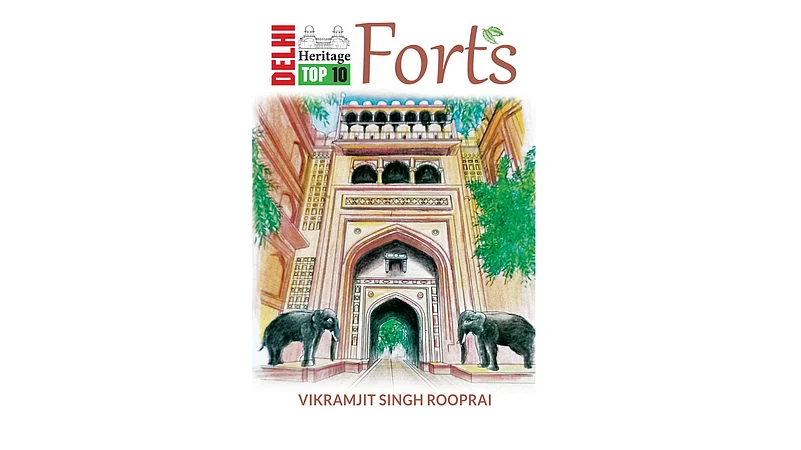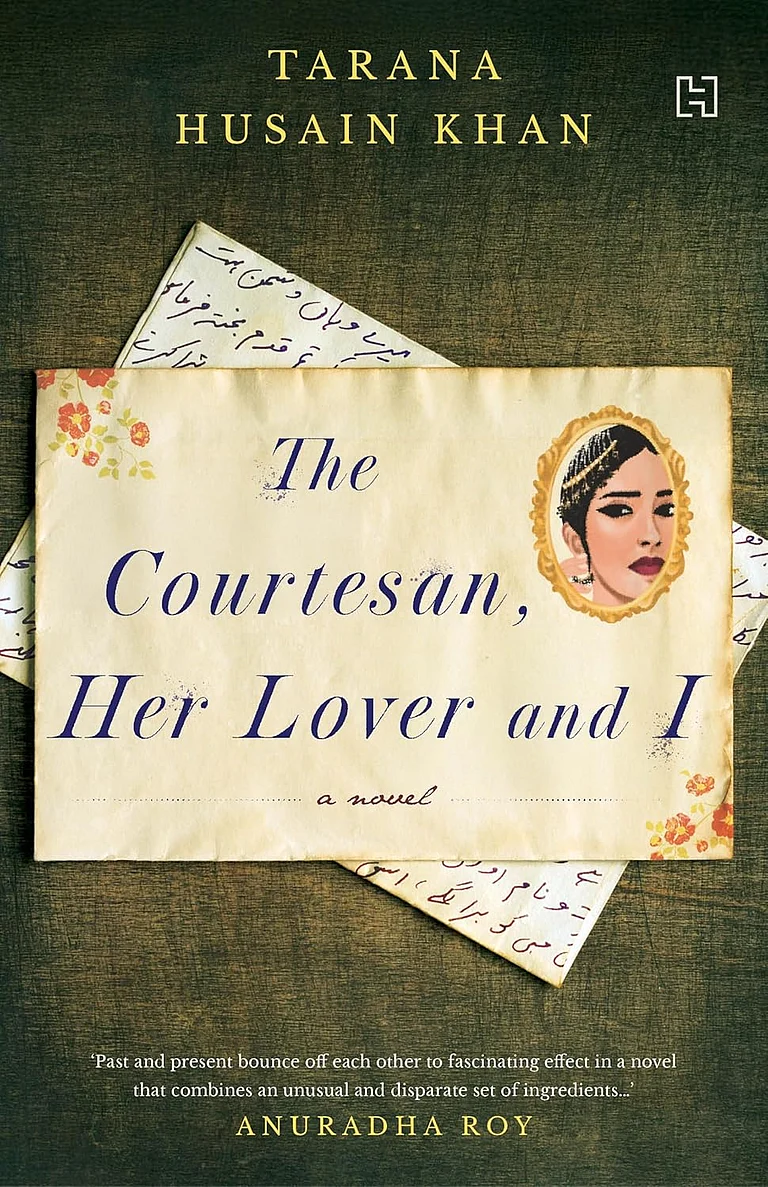The second in the series of books on historic structures, in Delhi, Vikramjit Singh Rooprai has put together a list of Delhi’s most iconic forts in a handy guide book format. The book covers the forts that one might expect and offers glimpses into the ones that are not so well known. Rooprai has done exhaustive research into his subject which has enabled him to come up with little known anecdotes like that of the djinns of Feroze Shah Kotla, for example. He also brings up the little know forts which are hidden in the heart of Delhi like Nai ka Kot and Adilabad Fort which lie off the beaten track as far as tourists are concerned. As the name implies, Nai ka Kot was influenced by a royal barber whose name, however, is unknown.
Rooprai guides readers through the elegant sandstone walls of the Red Fort which is the one every visitor to Delhi visits and the massive ramparts of Tughlaqabad and the Purana Qila so that the well known is given new dimensions through his research. Interestingly Purana Qila is not the oldest of the forts but gets its name from the fact that it was supposedly built on the site of the Pandavas capital Indraprastha – or so says the Ain-i-Akbari of Abul Fazl.
He also narrates the sad stories of the neglected Salimgarh Fort which was built on a riverine island and which like many of the other lessees forts, is in a sadly neglected state. Seven cities were built in what we know as Delhi, one after the other and over seven forts were built to protect the palaces and the kings who built each city. In the words of famous Moroccan traveller Ibn Batuta, who was visting Tughlaq’s court ,“Dilli the metropolis is a vast and magnificent city, uniting beauty with strength. It is surrounded by a wall that has no equal in the world, and is the largest city in the entire Muslim Orient.” Tughlaq of course, was an eccentric builder so he was not happy with just one fort and he also built causeways in one case linking Adilabad Fort with Tughlaqabad.
In his passion for his subject, the author learnt Urdu so as to get a better grasp of the documentation about the forts and access information that was not usually available. He also makes use of the accounts by British scholars who were equally meticulous in their research.
Some of the forts have been fortunate and house well-manicured lawns with beautiful gardens. Adilabad Fort is a protected monument under the Archaeological Survey of India (ASI) and part of the interior is used as a nursery. Others have walls damaged by the soot from oil lamps and in places the buildings have been renovated. Heritage in the current state of things is an asset under threat. Rooprai’s book will definitely serve as a go-to-guide for those interested in the monuments that lie in and around Delhi.
While Rooprai’s prose is fluid and detailed and one cannot fault his research, one could ask for a little more poetry of language to match the unusual photographs that he has accessed from archives. The book itself is well produced and thoughtfully sized and quite obviously there are more additions to this series to look forward to.

























